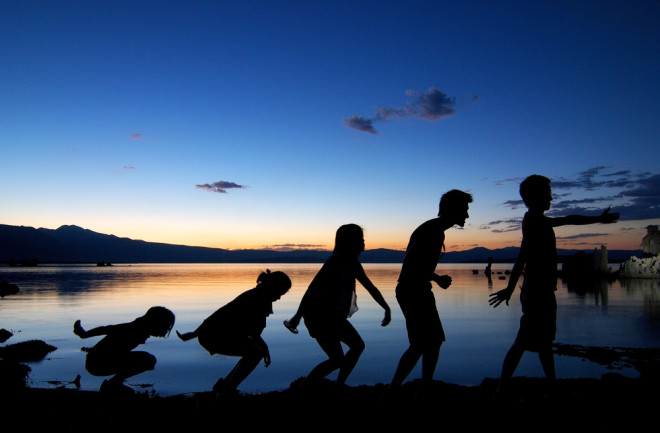Some 300,000 years ago, Homo sapiens split off from a long line of human-ish primates to become the first fully human species, with abilities and ingenuity unrivaled in Earth’s history. But back then, in terms of behavior and intelligence, those early humans wouldn’t have seemed so different from the other hominins they shared the landscape with — Neanderthals, Denisovans, Homo erectus and so on.
Now picture one of these ancient people beside a 21st-century counterpart, and consider how wide the gap has grown. The average person today zips from place to place in a personal metal shell that would put any cheetah to shame. They seek beauty in paintings, novels and other depictions of worlds that don’t even exist. They are embedded in socio-political networks vastly larger than the entire population of our prehistoric ancestors.
And yet! Genetically (more or less), we are them. We, with our spaceships and particle colliders, our operas and crème brûlées, our megacities and globe-spanning systems of cooperation, are made of the same essential stuff as those club-wielding nomads cooking mastodon steaks on a spit.
So, how did we get from there to here?

